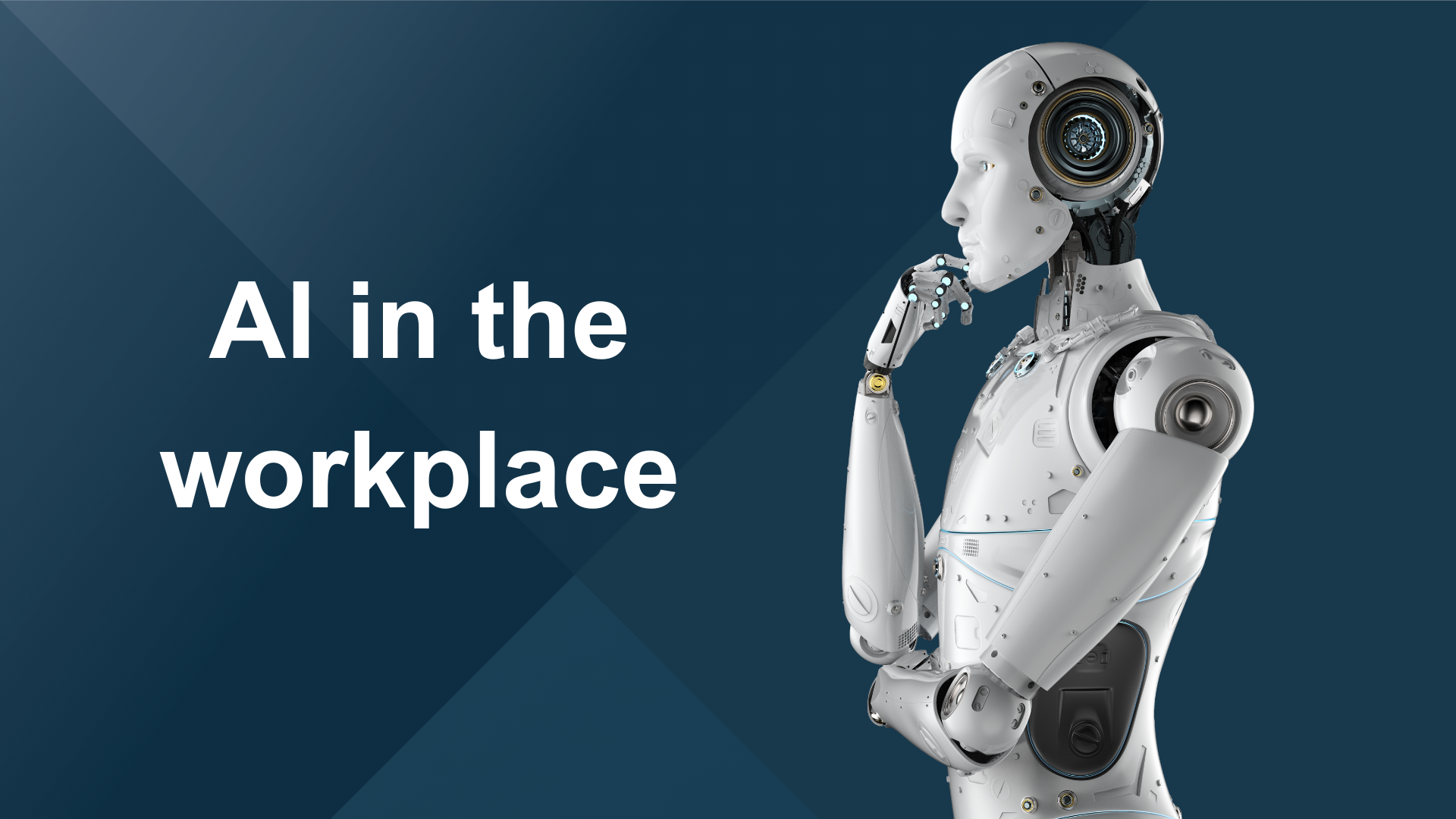
July 18, 2025
Navigating the Legal Landscape of Employment and Automation
Artificial Intelligence (AI) is becoming more and more prominent in everyday life, especially in the workplace. From recruitment algorithms and performance monitoring tools to automated decision-making and generative AI assistants, businesses are rapidly integrating AI technologies to improve efficiency and productivity. But with innovation comes legal complexity, particularly in the realm of employment law. We explore common key themes below.
Bias of Algorithms in employment practices
One of the most pressing risks of using AI in recruitment and HR decision-making is discrimination. AI systems are only as unbiased as the data they are trained on. If historical data reflects existing inequalities (for example, gender or racial bias), then AI tools may replicate or even amplify those biases. This sort of bias and discrimination has been seen in many businesses and their recruitment practices.
The issue which arises is that employers are liable for discrimination, even if this comes from a machine. Employers who use AI tools for any processes, such as recruitment, promotions or dismissals, must ensure that such tools are monitored for bias and if anything occurs, this is mitigated against at the earliest opportunity.
Transparency and Explainability
Employers have specific legal duties to ensure they are transparent at all stages of decision making. This becomes difficult when using AI algorithms, as it is not clear how these algorithms work. If an employee is denied a job or dismissed based on an AI tool’s recommendation, they have a right to understand how that decision was made. This may not always be possible.
This causes concerns with the fairness of decision making and also data protection concerns. A key principle of data protection legislation is transparency and also the right to meaningful information about the logic involved in automated decisions. Employers should therefore oversee all decisions made by AI and ensure there is clear documentation as to what the employer uses the tool for and the weight the decision will have. If decisions are not transparent or they are unfair, they cause risks of claims for constructive unfair dismissal or even a breach of contract.
Redundancies and Workforce Restructuring
There is an increased risk that the continued use of AI will have an impact on an individual’s role. As more and more reliance is given to AI, daily duties carried out by a human may be reduced and their role may become redundant. With any redundancy, this gives a risk of claims if not handled correctly, which may also have a reputational impact on the business.
When an employer undergoes a restructure or redundancy exercise, they must first consider if a redundancy is necessary. The process must remain transparent, and the reason for making a redundancy must be lawful and justifiable. Clear rationales for the decision must be given, especially if AI has been used as part of the process.
Employee use of AI in the workplace
Many employees use AI tools in their roles to aid them in their duties. Employers should set out clear policies for the use of AI in the workplace. Policies should clearly set out what AI platforms are permitted, when they should be used and how they should be used. Employers should consider setting parameters for the following:
- Making it clear that no confidential data or Intellectual Property information is inputted into the platform.
- Ensuring privacy modes are activated.
- What duties can be aided with AI?
- Who to contact if an employee has concerns with regard to AI in the workplace.
Employers should monitor employee use of AI as far as they are able and ensure that regular conversations are had with employees about the use of AI to ensure practical considerations can be handled by the employer ahead of problems arising.
Conclusion
AI has the potential to revolutionise the workplace—but it must be implemented thoughtfully and lawfully. Employers must balance innovation with the need to protect employee rights, maintain fairness, and comply with data protection and discrimination laws. Employers should ensure they set clear parameters for use in employment decisions as well as employee use in their roles. It is important to stay ahead of the ever changing landscape with AI use to ensure confidentiality is maintained at all times.
Do get in touch with us if you would like more useful tips and advice concerning the AI in the work place and its effect in your employment practices.
Please note this is a general overview only and specific legal advice should be sought when dealing with complex matters.
Do you have a legal question for us?
Whether you are just getting started, need a template package or just some legal advice for your business, we are here to help with any questions you may have.
Our mission is to help you succeed, with less risk.